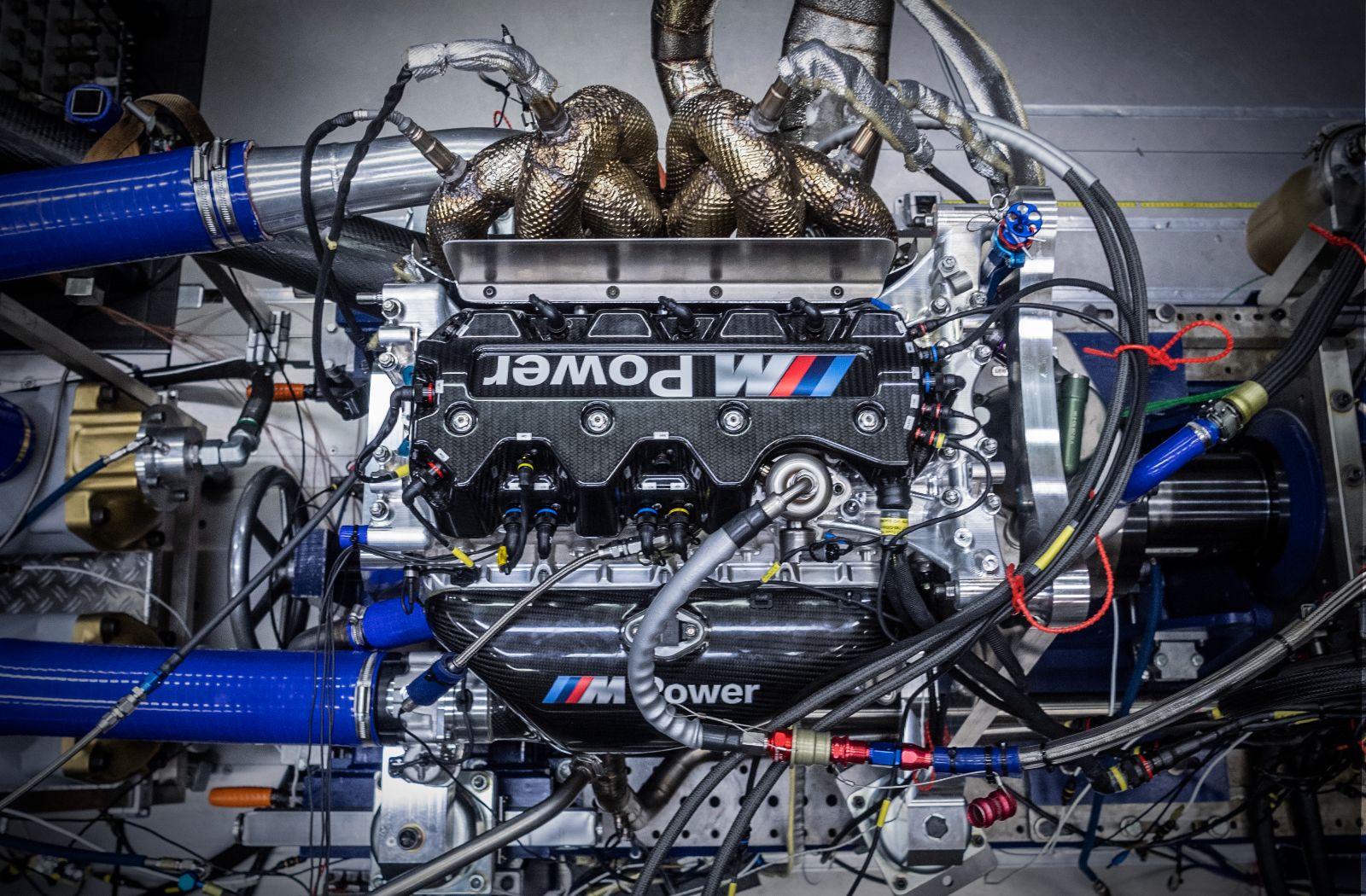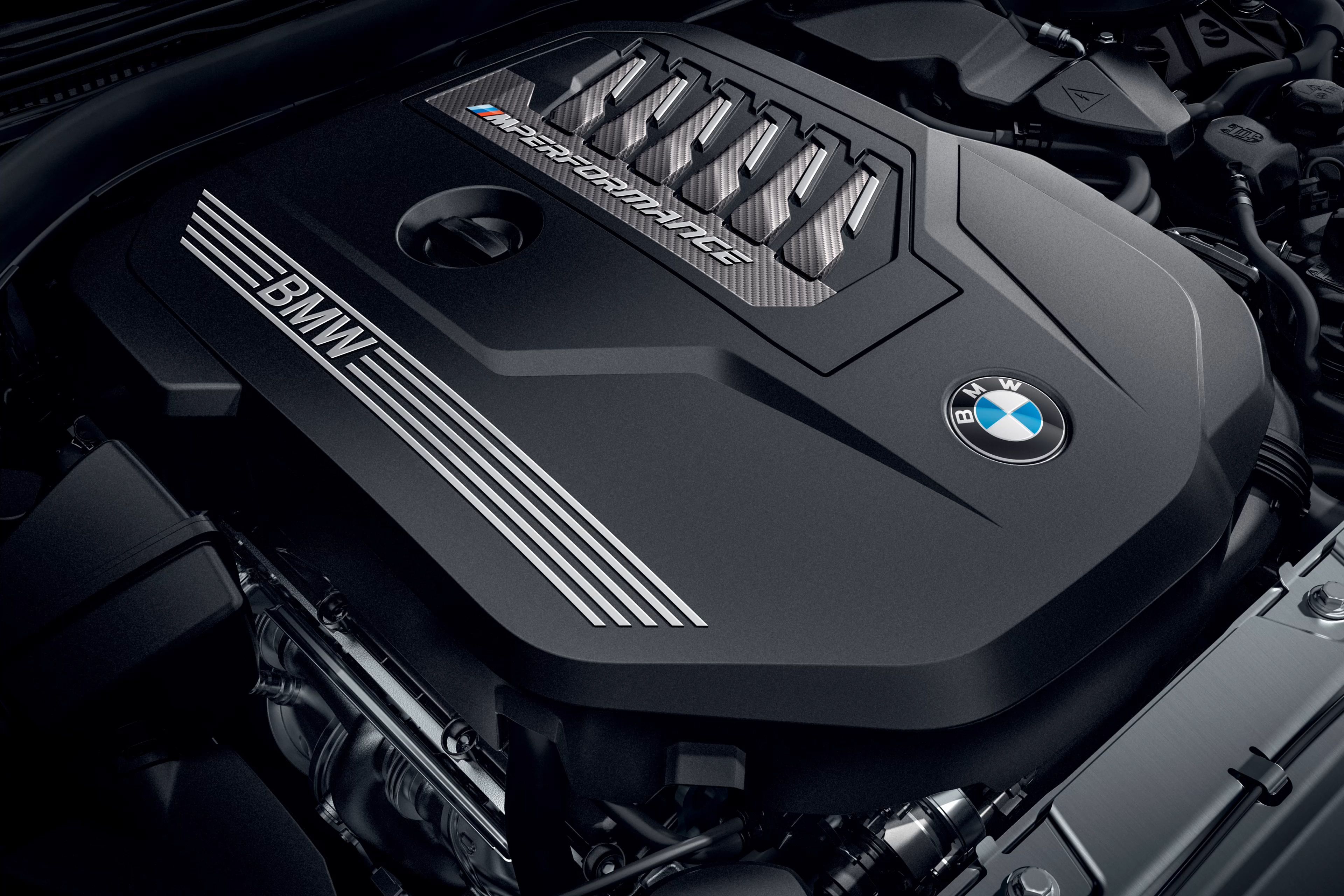Leading 5 BMW Engine Technologies Revolutionizing the Automotive Sector
Leading 5 BMW Engine Technologies Revolutionizing the Automotive Sector
Blog Article
Discovering the Development of Burning Engines in Modern Transport Equipments
As we navigate the landscape of contemporary transport, the advancement of combustion engines stands as a testament to human resourcefulness and design prowess. From their simple starts to the advanced powerhouses thrusting lorries today, burning engines have gone through an impressive journey of advancement and adaptation. Understanding the intricacies of this advancement not just clarifies the past but additionally paves the method for picturing what exists ahead in the realm of transport modern technology. The interplay of background, innovation, and ecological problems fit the trajectory of burning engines develops a narrative that is both engaging and insightful.
Early Beginnings of Combustion Engines
How did the idea of burning engines initial arise in the very early stages of transport development? The origins of burning engines can be traced back to the 17th century when the principles of inner burning were very first discovered. In 1673, Christian Huygens conceptualized a fundamental internal burning engine that made use of gunpowder to produce power. It had not been until the late 19th century that sensible applications of combustion engines in transport started to emerge.
The development moment came with the creation of the first effective gasoline-powered engine by Karl Benz in 1885 - bmw engine. This engine led the way for the development of the modern-day automobile, transforming transportation systems worldwide. Succeeding innovations by Nikolaus Otto and Gottlieb Daimler further refined combustion engine modern technology, resulting in the automation of autos and the fast development of the transport sector
These very early burning engines were identified by their simpleness and performance, laying the foundation for the complicated and effective engines used in modern transportation systems. The development of burning engines has been important in forming the method we take a trip and transfer goods, noting a substantial milestone in the history of transportation development.
Change to Internal Combustion Technology
The transition to inner burning technology noted a pivotal shift in the advancement of transport systems. This shift started in the late 19th century, with developers like Nikolaus Otto and Gottlieb Daimler establishing the very first successful inner combustion engines. These engines revolutionized transport by supplying a much more powerful and efficient choice to heavy steam engines and electrical motors.
Among the key benefits of internal burning engines was their capability to be scaled down to match cars, leading to the advancement of vehicles and bikes. This change from large, fixed engines to portable, mobile ones paved the way for the modern-day transportation systems we see today.
The change to interior burning innovation additionally spurred advancements in gas innovation, resulting in the growth of gas and diesel as key gas sources for automobiles. This shift not just made transportation more accessible to the masses but also laid the structure for the oil and gas market to come to be integral to worldwide economic climates.
Impact of Combustion Engines on Transportation
The adoption of burning engines in transport systems catalyzed a profound shift in the effectiveness and speed of worldwide flexibility. Combustion engines reinvented transport by providing a trustworthy and versatile resource of power for various cars, consisting of autos, trucks, ships, and airplanes. This advancement significantly enhanced the capacity for individuals and goods to move over long distances in shorter timespan, causing boosted connection in between regions and countries.
In addition, the prevalent usage of burning engines has actually had a substantial effect on financial growth. The capacity to move goods efficiently has actually stimulated profession and business, enabling services to broaden their markets and reach consumers worldwide. This has like this actually promoted economic growth and globalization, as items can now be carried quicker and in larger amounts than ever in the past.
Nevertheless, the environmental impact of burning engines can not be overlooked. The combustion of fossil fuels has actually caused air pollution and greenhouse gas emissions, adding to climate change and posturing wellness dangers to populations. bmw engine. As an outcome, there is an expanding emphasis on creating alternate propulsion technologies to minimize these unfavorable effects and develop a much more lasting future for transport
Developments in Burning Engine Style
Numerous innovations in combustion engine layout have propelled the development of transportation systems over the years. One notable technology is the development of turbocharged engines, which make use of exhaust gases to drive a generator that compresses inbound air, enabling more gas to be charred, causing enhanced power result without a significant rise in engine size. Furthermore, direct injection modern technology has enhanced gas efficiency and efficiency by specifically controlling the quantity and timing of gas infused into the burning chamber. Variable shutoff timing systems have likewise revolutionized engine design by enhancing air movement at different engine speeds, boosting both power and efficiency. Another considerable innovation is the integration of lightweight products such as carbon fiber and light weight aluminum alloys, reducing general engine weight and enhancing lorry gas economy. Moreover, improvements in computer-aided layout have enabled engineers to enhance engine efficiency and effectiveness via simulations prior to physical models are built, saving time and resources in the growth process. These innovations jointly add to the continual renovation of burning engines in modern-day transport systems.
Future Patterns in Combustion Engine Growth
With modern technology improvements driving constant development, the future of burning engine development is positioned to transform transportation systems around the world. One of the key fads in combustion engine growth is the press towards better effectiveness and decreased exhausts. Makers are investing greatly in r & d to enhance engine efficiency while fulfilling rigid environmental guidelines. This includes the assimilation of advanced gas injection systems, enhanced turbocharging approaches, and using light-weight materials to enhance fuel usage and reduce carbon discharges.
An additional prominent pattern is the fostering of crossbreed technologies in combustion engines. Crossbreed engines combine typical burning technology with electric power, using boosted fuel efficiency and lower discharges. As the automotive industry shifts towards electrification, hybrid combustion engines are viewed as a transitional option that links the void between conventional cars and completely electrical ones.
Additionally, the assimilation of clever technologies, such as synthetic intelligence and data analytics, is expected to play a significant role in the future of combustion engine development. These technologies can optimize engine efficiency in real-time, leading to much more reliable burning processes and enhanced general automobile efficiency. Embracing these future fads will certainly not only drive development in burning engine development however also add to a much more sustainable and eco-friendly transportation environment.

Conclusion
In verdict, the advancement of his comment is here combustion engines in modern transport systems has been marked by substantial innovations in innovation and design. From the very early beginnings of combustion engines to the change to interior combustion modern technology, these engines have had an extensive influence on transport.
The roots of burning engines can be mapped back to the 17th century when the principles of inner burning were first discovered. These engines changed transportation by offering an extra powerful and reliable option to steam engines and electric motors.

Report this page